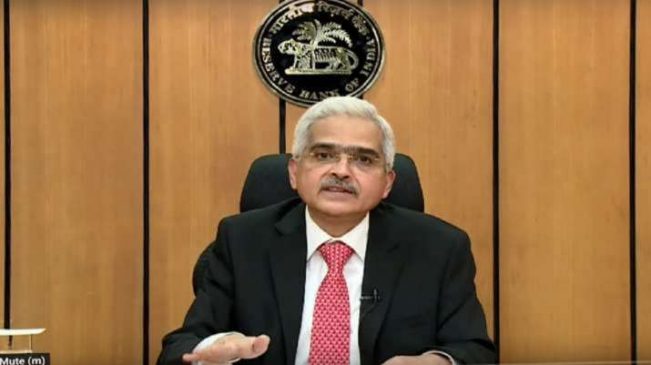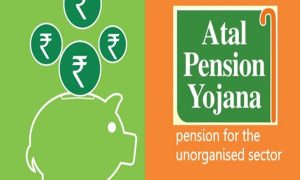The Reserve Bank of India has increased the risk weights for banks and non-bank financial companies (NBFCs), or the capital that banks need to set aside for every loan, by 25 percentage points to 125% on retail loans, it said in a statement.
Read More: Soft vs hard credit inquiry: What’s the difference?
New Delhi: Amid rising demand for credit card usage, the Reserve Bank Of India (RBI) has tightened guidelines for personal loans and credit cards, raising the risk of slowing loan growth. The tighter rules, in the form of higher capital requirements, will make such loans costlier and likely curb growth in these categories, which have outpaced the overall bank credit growth of about 15% over the past year.
The Reserve Bank of India has increased the risk weights for banks and non-bank financial companies (NBFCs), or the capital that banks need to set aside for every loan, by 25 percentage points to 125% on retail loans, it said in a statement.
The new risk weight will apply to personal loans for banks, and to retail loans for NBFCs, the RBI said, adding that housing, education and vehicle loans as well as loans secured by gold and gold jewellery will be excluded.
The central bank on Thursday increased risk weights on credit card exposures by 25 percentage points to 150% and 125% for banks and NBFCs, respectively.
The higher capital requirement will make these loans more expensive if lenders pass on the cost, said Dhananjay Sinha, co-head of equities at brokerage firm Systematix Research.
If lenders choose not to pass on the cost, higher capital requirements will reduce margins and make such lending less attractive, he said. “Either way, loan growth will slow.”
RBI Governor Shaktikanta Das said last month the central bank was closely monitoring some fast-growing personal loan categories for signs of stress.
Subsequently, Reuters reported that the RBI was particularly concerned with the surge in small personal loans and was considering tighter rules for such borrowings.
Unsecured personal loans increased 23% from a year ago as of Sept. 22, 2023, while outstanding amounts on credit cards jumped nearly 30%, central bank data shows.
Data released by credit bureau Transunion CIBIL earlier this month showed that delinquencies, defined as loans overdue by more than 90 days, were at 0.84% for all personal loans. However, for loans below 50,000 rupees($600.66) delinquencies were higher at 5.4%.
“The central bank was clearly seeing a build-up of risk and has decided to ask banks to build counter-cyclical buffers,” Systematix’ Sinha said.
Further, the central bank has asked banks to set aside additional capital against loans to NBFCs, where the risk weight is currently below 100%.
Read More: New system to avoid parking of funds in banks
It has also asked lenders to put in place board approved policies for exposure to different consumer credit categories. “In particular, limits shall be prescribed for all unsecured consumer credit exposures,” the central bank said.





































